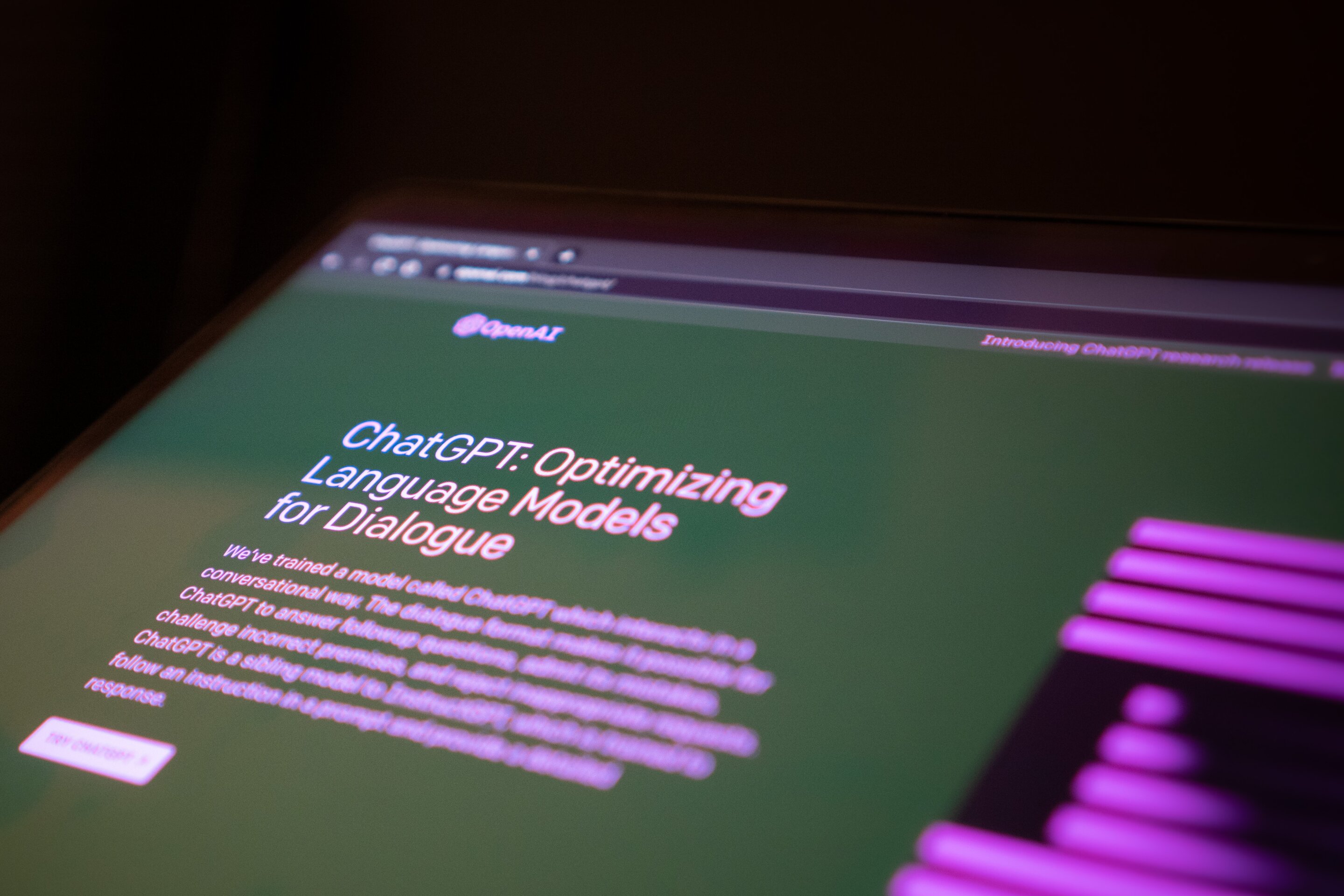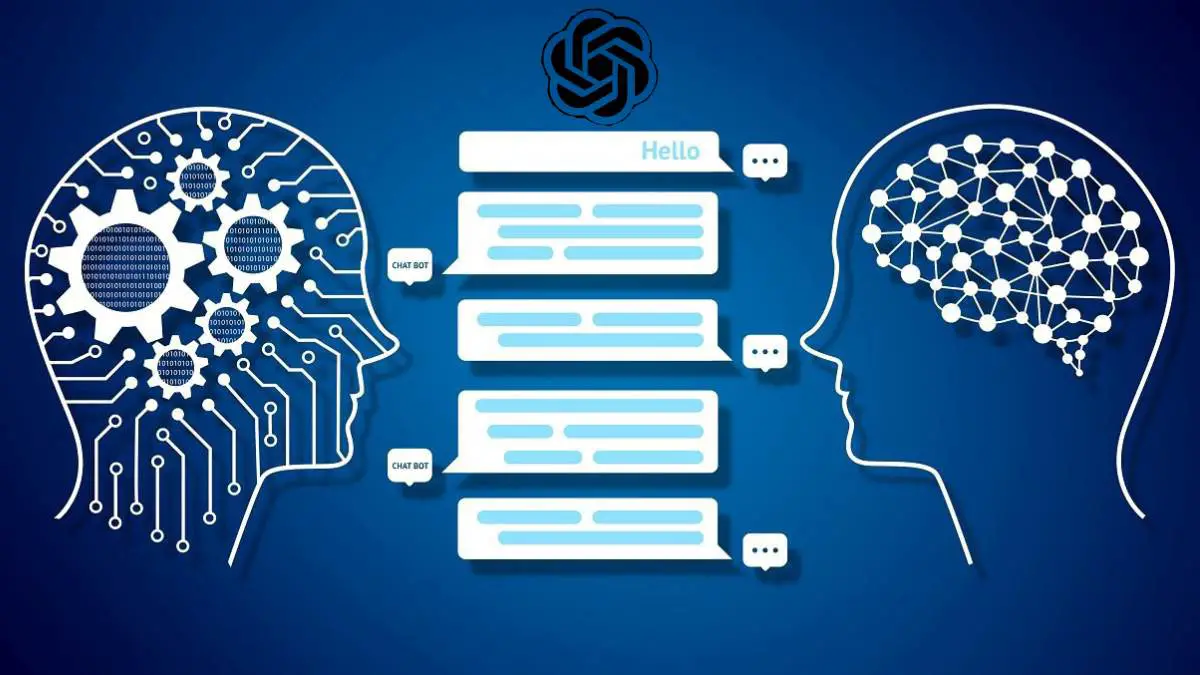Optimizing ChatGPT for Content Creation: Tips for Writers and Marketers

In the realm of content creation, ChatGPT has emerged as a revolutionary tool, empowering writers and marketers to streamline their workflows, enhance their writing styles, and generate high-quality content at an unprecedented scale. However, harnessing the full potential of ChatGPT requires a strategic approach. Here are some essential tips to optimize ChatGPT for content creation:

-
Define Clear Parameters: Provide ChatGPT with specific instructions regarding the type of content you need, such as blog posts, articles, website copy, or social media updates. Setting clear expectations ensures that ChatGPT aligns its responses with your requirements.

-
Provide Ample Context: Feed ChatGPT with relevant information about your target audience, brand voice, and industry. This context enables ChatGPT to generate content that resonates with your readers and aligns with your marketing goals.
-
Use Prompts Effectively: Craft prompts that guide ChatGPT in the desired direction. Start with a clear question or instruction, followed by relevant details and examples. Avoid vague or open-ended prompts that may result in irrelevant responses.
-
Iterate and Refine: Treat ChatGPT’s initial output as a starting point rather than a finished product. Revise, edit, and refine ChatGPT’s suggestions to ensure accuracy, clarity, and consistency with your brand’s style.
-
Monitor and Evaluate: Regularly assess the performance of ChatGPT-generated content. Track metrics such as engagement, traffic, and conversions to determine ChatGPT’s effectiveness in meeting your marketing objectives.
-
Respect Copyright Laws: Use ChatGPT responsibly and always adhere to copyright laws. Clearly indicate that ChatGPT was used in the content creation process and ensure that you have the necessary permissions before publishing any ChatGPT-generated content.
-
Combine with Human Expertise: Leverage ChatGPT as a tool to enhance your writing, but never fully rely on it. Content created by ChatGPT should be carefully reviewed and edited by human writers and marketers to ensure that it delivers the intended impact.
By following these tips, writers and marketers can optimize ChatGPT for content creation, enabling them to produce high-performing, engaging, and relevant content that meets the demands of the modern digital landscape.## Optimizing ChatGPT for Content Creation: Tips for Writers and Marketers
Executive Summary
ChatGPT, the innovative AI chatbot, has transformed content creation by providing writers and marketers with unprecedented tools for efficiency, creativity, and engagement. By leveraging its advanced capabilities, professionals can optimize ChatGPT to produce high-quality content that captivates audiences and drives business results.
Introduction
In the fast-paced digital landscape, content is king. Whether it’s website copy, blog posts, social media posts, or email campaigns, effective content is the driving force behind brand visibility, lead generation, and revenue growth. However, creating compelling and engaging content that resonates with target audiences can be a daunting task. This is where ChatGPT shines.
FAQs
-
Q: What is ChatGPT?
- A: ChatGPT is a large language model developed by OpenAI that excels in generating human-like text, answering questions, and engaging in conversational interactions.
-
Q: How can ChatGPT benefit writers and marketers?
- A: ChatGPT provides assistance with idea generation, content creation, editing, grammar correction, and plagiarism detection, enhancing productivity and unlocking new levels of creativity.
-
Q: Is ChatGPT a replacement for human writers?
- A: No, ChatGPT is not a replacement but rather a valuable tool that complements the skills of human writers. Its insights and capabilities can enhance the writing process, leading to more effective and impactful content.
Subtopics
Content Generation
Content generation is the core functionality of ChatGPT. By harnessing its advanced language model, users can create a wide range of text-based content, including:
- Article Outlines: ChatGPT generates structured outlines that provide a framework for organizing and developing ideas.
- Blog Posts: ChatGPT can write entire blog posts, from the introduction to the conclusion, including research, citations, and keyword optimization.
- Social Media Posts: ChatGPT creates engaging social media posts that are optimized for specific platforms and tailored to target audiences.
- Email Campaigns: ChatGPT assists in crafting effective email subject lines, body copy, and call-to-actions for personalized and high-converting campaigns.
Editing and Proofreading
ChatGPT is a powerful tool for enhancing the quality of written content. Its editing capabilities include:
- Grammar and Spellchecking: ChatGPT identifies and corrects grammatical errors, spelling mistakes, and inconsistencies in punctuation and style.
- Rewriting and Rephrasing: ChatGPT rewords and rephrases sentences to improve clarity, readability, and tone of voice.
- Fact-Checking and Plagiarism Detection: ChatGPT verifies factual accuracy and checks for potential plagiarism, ensuring the credibility and originality of content.
Idea Generation and Brainstorming
ChatGPT is a creative catalyst, helping writers and marketers generate ideas and brainstorm new concepts:
- Topic Exploration: ChatGPT suggests related topics and phrases, expanding the scope of research and providing inspiration.
- Mind Mapping: ChatGPT creates visual mind maps that help organize and visualize ideas, fostering innovative thinking.
- Storytelling and Narration: ChatGPT contributes to storytelling and narrative development, providing prompts and inspiration for engaging and impactful content.
Keyword Optimization for SEO
ChatGPT optimizes content for search engine optimization (SEO), ensuring visibility and accessibility:
- Keyword Research: ChatGPT conducts keyword research to identify relevant terms and phrases that align with search engine algorithms.
- Keyword Implementation: ChatGPT strategically incorporates keywords into content without compromising readability or natural language flow.
- Metadata Optimization: ChatGPT optimizes title tags, meta descriptions, and other metadata elements for improved search rankings.
Writing Style and Tone of Voice
ChatGPT adapts to different writing styles and tones of voice, catering to specific audiences and content formats:
- Formal vs. Informal: ChatGPT creates content in formal or informal styles, depending on the intended tone and purpose.
- Conversational vs. Authoritative: ChatGPT writes in a conversational or authoritative tone, tailoring the content to the target audience and message delivery.
- Personal vs. Impersonal: ChatGPT generates content with personal or impersonal perspectives, based on the desired storytelling approach.
Conclusion
ChatGPT has revolutionized content creation, empowering writers and marketers with unprecedented capabilities. By leveraging its multifaceted functionalities, professionals can streamline workflows, enhance productivity, and elevate the effectiveness of their written content. Adopting these best practices for optimizing ChatGPT will drive significant benefits in terms of content quality, engagement, and business outcomes.
Keywords:
- ChatGPT
- Content Creation
- AI Writing
- SEO Optimization
- Content Strategy
